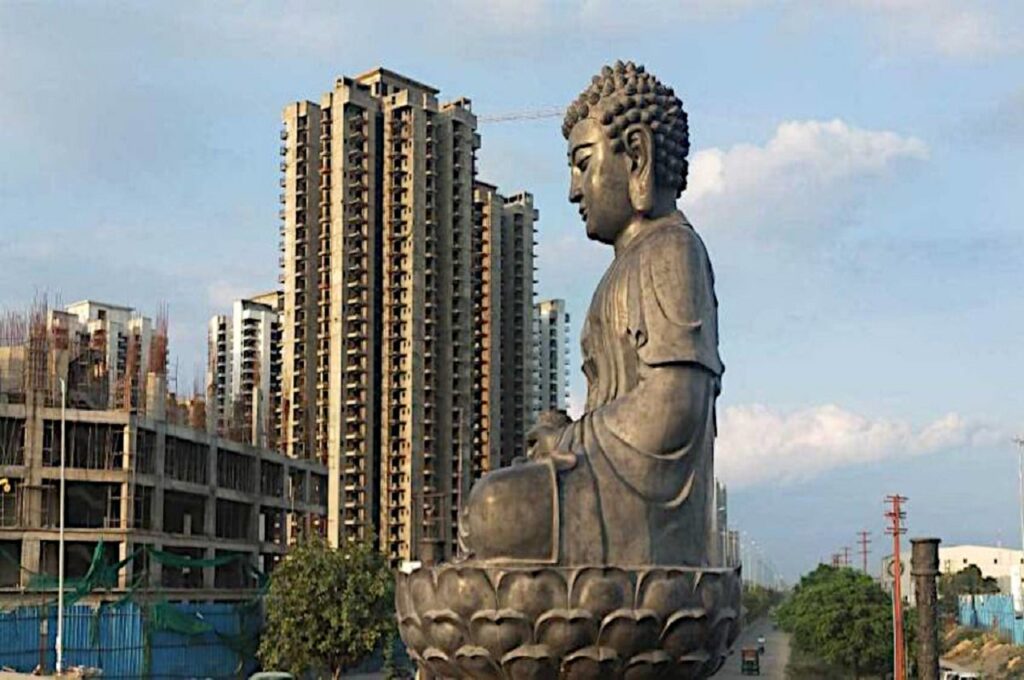Gautam Buddha Nagar, home to Noida and Greater Noida, has emerged as the richest and fastest-growing district in Uttar Pradesh. Its per capita income has reached ₹10.17 lakh — more than 10 times the state average — putting it on par with developed countries like Japan when adjusted for purchasing power parity (PPP).
Massive Contribution to State GDP
In the financial year 2023–24, GB Nagar contributed ₹2.63 lakh crore to the state economy, which accounts for over 10 percent of UP’s total GDP. This figure is nearly twice the GDP of Lucknow and even larger than that of Himachal Pradesh. While Lucknow and Ghaziabad each have per capita incomes of around ₹2.1 lakh, GB Nagar stands in a league of its own.
Stark Economic Gap Across Districts
Other districts in Uttar Pradesh show a strikingly different picture. Hamirpur and Sonbhadra have per capita incomes around ₹1.4 lakh — similar to countries like Côte d’Ivoire and Pakistan. In the state’s poorest districts such as Pratapgarh, Jaunpur, and Ballia, income levels are comparable to low-income countries like Afghanistan or Mali in PPP terms.

Top vs Bottom Contributors to the State Economy
Uttar Pradesh’s economic divide is evident in GDP contribution. Just five districts — GB Nagar, Lucknow, Ghaziabad, Agra, and Kanpur — produce more than 25 percent of the state’s economy. Meanwhile, the five lowest-performing districts together contribute less than 2.5 percent. Shravasti’s total GDP stands at ₹8,593 crore — 30 times smaller than GB Nagar’s.
What Drives GB Nagar’s Growth
GB Nagar’s rapid development can be attributed to several factors:
- Proximity to Delhi
- Strong infrastructure and planning
- Significant private sector investment
- A booming industrial and IT sector
- Real estate, electronics manufacturing, data centres, and logistics hubs
These advantages have helped the district attract businesses, create jobs, and raise local income levels sharply, positioning it as an economic powerhouse not just in UP, but across India.
A District on the Fast Track
As Gautam Buddha Nagar moves forward with the pace of a developed nation, many districts in eastern and central UP continue to face economic challenges. The contrast highlights the need for balanced development and targeted support to help lagging regions catch up.
